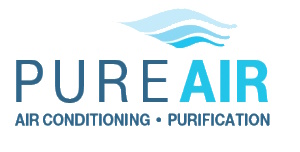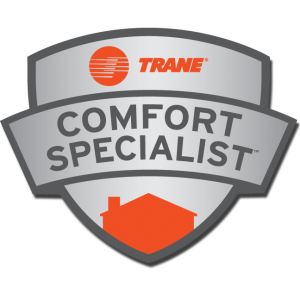What are electronic commutative motors and how do they work? How are they any different from a basic motor? Here are some answers to those very important questions.
Go to HVAC Glossary
Typical motors must have a rotating magnetic field in order for the motor to turn. This rotation can be caused by three different methods: Three phase AC power, single phase power, or electro- mechanical commutated power. There are some problems you may hit with these types of motors however.
Three phase AC power has a high, constant voltage making it difficult to control the speed at which it is going. The power source is also a bit difficult to find. Single phase power has all of the same problems as three phase, but with the added troubles of phase shifting. This produces an imperfect rotating field and can cause substantial loss in the motor. Most phase – shifting methods have a weak starting torque as well.
An electro – mechanical commutated motor solves most of these problems. It has a wide – range speed control and a high starting torque. The cons of this kind of motor are due to the high friction and wear problems causing it to need repairs more often than others.
With electronic commutation most of these problems are solved. Power is turned on and off with semi – conductor switches, also called transistors or electronic switches. Signals from the switches are pulsed to the motor based on a set timer. By playing around with the timing and duration of the pulses you can accomplish speed control and maintain a high torque at the beginning over a broad speed range.
Although the title Electronically Commutated Motors can be applied to many kinds of motors, the term ECM is usually reserved for small variable speed motors that operate from a single phase power source and have an electronic controller in or on the motor.
Now that you understand the difference between an ECM motor and other traditional motors I will describe in my next post how ECM motors apply to the HVAC field.


